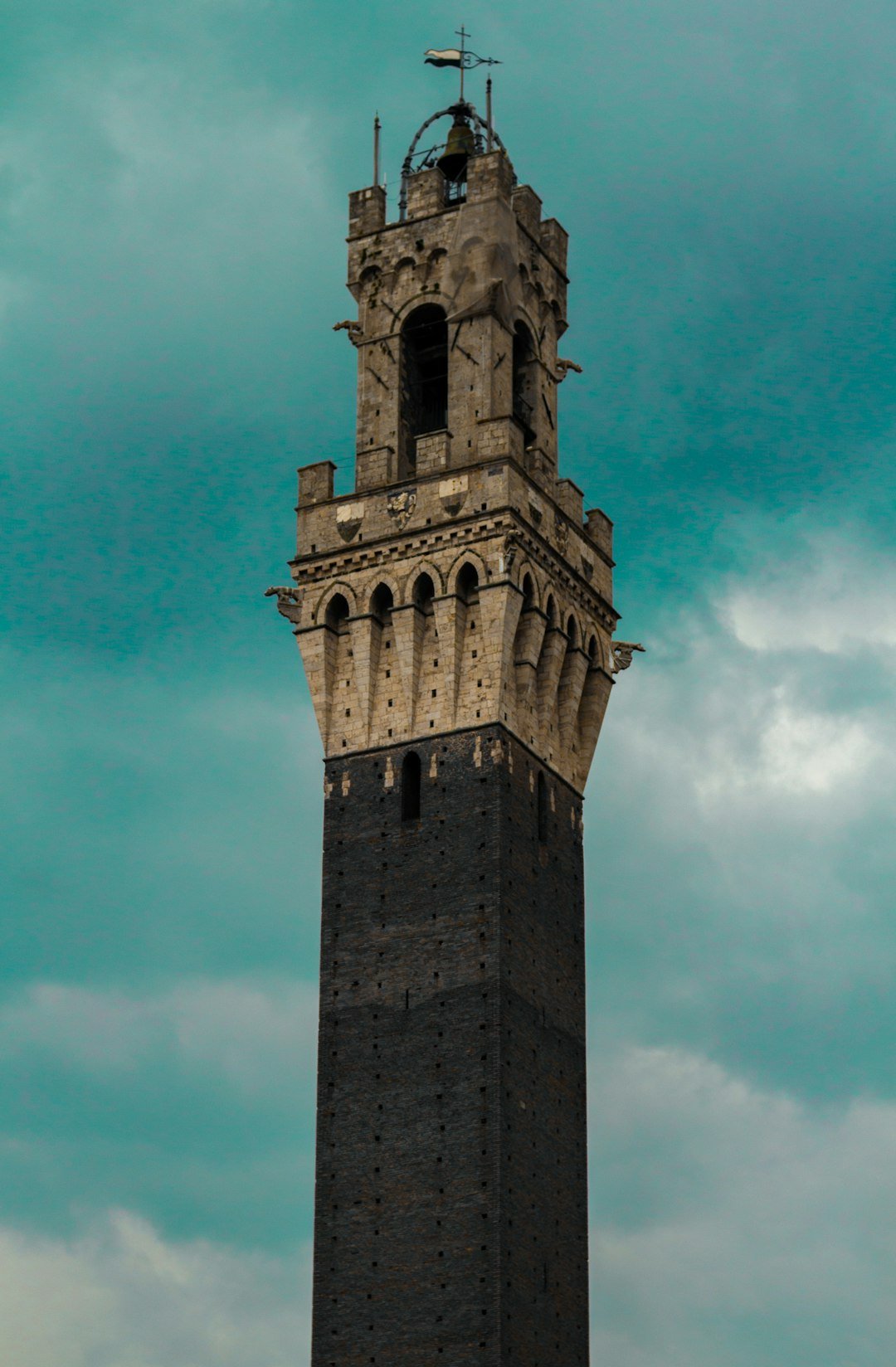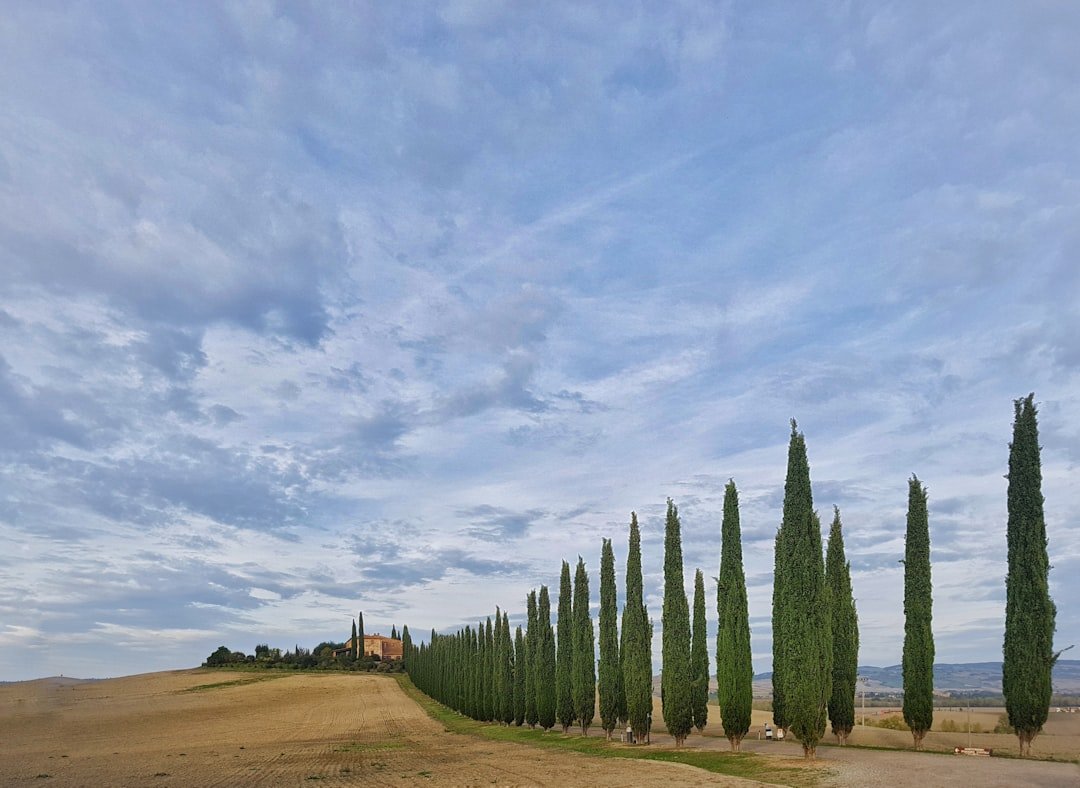What’s Unique About the Architecture in Pienza, Tuscany?
Nestled in the idyllic Tuscan countryside, Pienza is a small city renowned for its distinctive architectural style. This picturesque city offers a unique blend of history and culture wrapped in art and architecture like no other.
The Birth of Pienza: The Ideal Renaissance City
Pienza, the city of Pope Pius II, was born out of the idealistic vision of creating the first ‘Ideal City’ of the Renaissance. This ambitious project, entrusted to the architect Bernardo Rossellino, transformed the urban layout of Pienza, shaping it into a defined and symmetric work of art that demonstrates the ideals of the Renaissance.
Architectural Masterpieces by Rossellino
The Palazzo Piccolomini, one of Rossellino’s most renowned works in Pienza, stands as a symbol of the new urban planning vision. The linear simplicity, symmetry and harmony of the Palazzo, coupled with its strategic location overlooking the stunning Val d’Orcia, embody the key principles of Renaissance architecture.
The Pienza Cathedral (Cattedrale dell’Assunta) is another masterwork designed by Bernardo Rossellino. The Cathedral exudes the elegance and formality of the Renaissance, with a harmonious façade, symmetrical plan and luminous interior that infuse it with a sense of divine transcendence.
| Monument | Architect |
|---|---|
| Palazzo Piccolomini | Bernardo Rossellino |
| Pienza Cathedral | Bernardo Rossellino |
Unique Architectural Characteristics
Everything in Pienza was carefully planned and laid out to ensure symmetry and balance. This approach, conceived by Pope Pius II and executed by Rossellino, establishes a harmonious relationship between urban spaces and their buildings, making the architectural design of Pienza truly unique.
Focused on Human Scale
The layout of Pienza was designed to consider not only aesthetics but also the inhabitants’ lives, following the Renaissance belief that architecture should serve mankind. Streets and buildings were scaled to human proportions, facilitating social interaction but also allowing privacy.
Integration of Natural Environment
Like a fitting jewel in the gorgeous Tuscan landscape, Pienza was designed to harmonize with its natural surroundings. The city’s layout provides stunning panoramic views over the surrounding countryside, carefully integrating nature into its architectural design.
| Architectural Element | Characteristic |
|---|---|
| Urban layout | Symmetry and balance |
| Building scale | Human proportions |
| Integration with environment | Harmonious connection with the landscape |
Preservation of Historical Significance
Today, Pienza remains virtually unchanged from its original 15th-century form. The city continues to showcase the unique architectural principles that guided its construction, offering an authentic glimpse into the idealistic vision of an ‘Ideal City’ during the Renaissance.
Pienza’s UNESCO World Heritage Status
In recognition of its architectural importance, Pienza has been listed as a UNESCO World Heritage Site. This prestigious status acknowledges the city’s unique architecture, preserving its historical significance for future generations.
| Year of UNESCO Listing | Reason for Listing |
|---|---|
| 1996 | Outstanding Universal Value for being the first application of the Renaissance Humanistic concept of urban design, creating an ‘Ideal City’ |
Conclusion
Pienza stands as a testament to the Renaissance era’s ideals of beauty, symmetry, and community centrality. Its unique architectural design, influenced by humanistic principles, its harmonious relationship with its surrounding landscape, and the elegant simplicity of its structures, all make Pienza truly unique. The city’s unparalleled charm continues to captivate lovers of architecture, culture, and history, confirming Pienza as one of Tuscany’s truly exceptional gems.
























